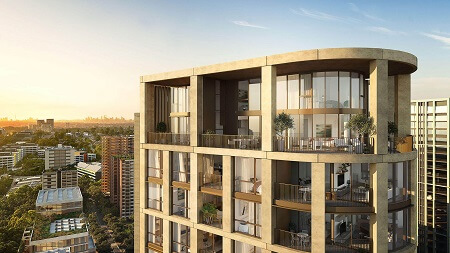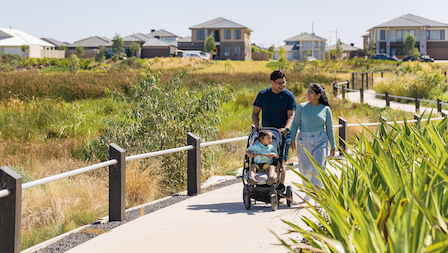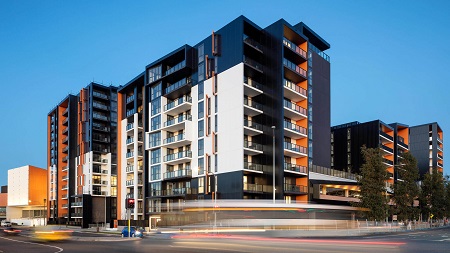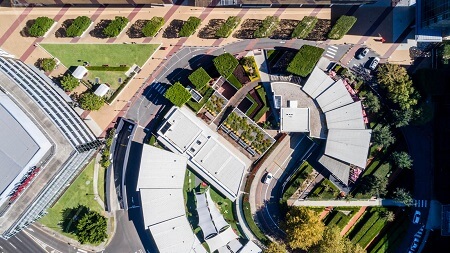Stages of home construction: everything you should know

Building a new home in Australia is a rewarding journey that offers the opportunity to create a space tailored to your lifestyle and needs. While the process involves many moving parts - from navigating regulations to managing timelines - being aware of potential challenges like construction delays or cost variations empowers homeowners to plan effectively and make informed decisions. With the right preparation and support, you can build your dream home without too many surprises along the way.
In this article, we look at the fundamental stages of home construction, providing important information needed to anticipate challenges and achieve a successful construction outcome.
Why understanding each stage is important for buyers
A good understanding of the stages of home construction will prove invaluable for prospective homeowners, enabling them to anticipate potential obstacles early, make informed decisions, and ensure that their builder adheres to the contract and quality standards.
For instance, knowing that the ‘frame stage’ inspection is for checking the structural integrity of the build will allow you to proactively engage and raise any concerns directly with your builder before walls are closed up, preventing costly rectifications down the line.
Stages of building a house in Australia

The journey from an empty land lot to a completed home in Australia generally takes 6 to 12 months for a standard project home, while a custom-designed home can take up to two years. This timeline can vary greatly, depending on design details, site conditions, and material availability. Below is a detailed breakdown of the common phases involved in building a house:
1. Site preparation
The first stage consists of land clearing, earthworks such as levelling and excavation, and preparing the site for the build. In this stage, underground plumbing and electrical services will be laid, and geotechnical testing to identify soil quality and stability will be performed. This is also when survey pegs are placed to act as reference points for the build.
2. Base stage/Concrete slab stage
After the site has been prepared, the footings are installed, formwork has been set up, and under-slab services are connected. The concrete slab is then poured to form the base of the home. This is an important milestone and often triggers the first progress payment.

3. Frame stage
Your home is beginning to take shape here, with the construction of external and internal wall frames, roof trusses, and the first rough-in for plumbing and electrical wiring within the wall cavities. A building surveyor will normally inspect the frame to ensure the structure complies with the building regulations and approved plans.

4. Lock-up/Enclosed stage
The external shell of the home is completed, including the installation of brickwork or cladding, roof tiles or sheeting, external doors, and windows. At this point, the home can be ‘locked up’ for security and becomes weatherproof, allowing interior work to commence without exposure to the elements.
5. Fixing and fit-out stages
This is where your home truly begins to feel like yours, as the interior details come to life. It encompasses everything from smoothing out walls and ceilings with plaster to installing internal doors, skirting boards, architraves, and all the built-in cabinetry for your kitchen and bathrooms. Wet areas receive their tiling and waterproofing, and the first coats of paint begin to transform the spaces. Finally, functional elements like electrical and plumbing fixtures are installed, and floor coverings are laid throughout the home.

6. Practical completion inspection and handover
The final stage involves a thorough inspection of the home with a qualified independent inspector. They will look for minor defects and omissions in build quality.
Once any defects have been rectified by the builder and the final payments settled, the keys are handed over, along with important documents like warranties and a certificate of occupancy. The builder will often provide a maintenance period (3 to 12 months) on minor issues that may occur after handover and a structural warranty.

What to consider during the construction process
Building a house in phases requires you to be proactive and present during the construction. There are three main areas to consider that can assist with a smoother build.
1. Know your payment schedules and contract conditions
Your building contract is a valuable tool that outlines specific progress payments tied to the completion of defined milestones above. It's essential to understand these payment schedules and the conditions for releasing funds, which should be detailed in your contract. Always confirm that the progress payment claimed genuinely reflects the value of work completed at each stage. A clear contract reduces ambiguity and prevents disputes.
2. Manage unforeseen delays
Construction timelines are mere estimates, and delays can occur for many reasons, including unforeseen circumstances, material availability, labour availability, and delays in permits/approvals. While many delays may be out of your control, building buffer time into schedules can help. Your contract should contain terms regarding how to manage delays and include clauses for extensions of time.
3. Communicate with your builder or site manager
Clear, open communication is key to a smooth building experience. Be open and honest, even when discussing challenging topics. Transparency helps prevent misunderstandings and keeps the project on track. Set a clear communication method early on and agree on how updates and decisions will be shared. Always follow up in writing to confirm important discussions.
Final thoughts
The path to building a home in Australia, while intricate, becomes smoother with informed preparation. By prioritising planning and fostering a relationship with your builder , you gain more control over your project, ensuring your new house is built to your standards.
On average, a standard home takes around 6–12 months to complete, while custom builds often extend beyond this timeframe.
The main stages of building a house include site preparation and slab, framing, lock-up, internal fit-out, and completion.
Footings, slab, framing, waterproofing, and final inspection are required to ensure compliance with the Building Code of Australia (BCA), Plumbing Code of Australia (PCA) and Australian Standards (AS/NZS).
Site walkthroughs are encouraged at milestone stages like framing and nearing completion to review progress. However, all visits must be agreed upon with the builder in advance and conducted at times that are both safe and mutually convenient. This ensures compliance with safety regulations and minimises disruption to the construction process.
Homeowners should consult their building contract for delay-related rights, then communicate with the builder to seek remedies like liquidated damages or contract termination if necessary.
The timeframe for reporting structural and non-structural defects depends on your state, but generally, you should report major structural defects as soon as possible, usually 3 to 6 months after discovery. Home warranty insurance timeframes also vary by state, but typically, cover extends for up to 6 years from the completion of the building work. The timeframe to report a minor, non-structural construction defect is typically 2 years from the date of completion for most states but this can vary significantly by state and contract. Queensland is a notable exception, often requiring reports within 6 to 7 months for non-structural issues.
See more articles on
















